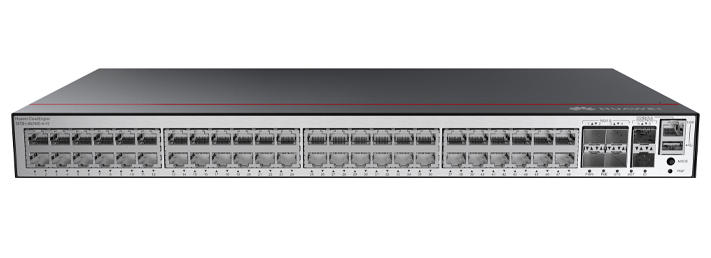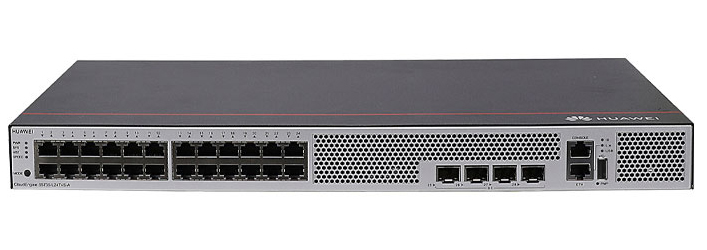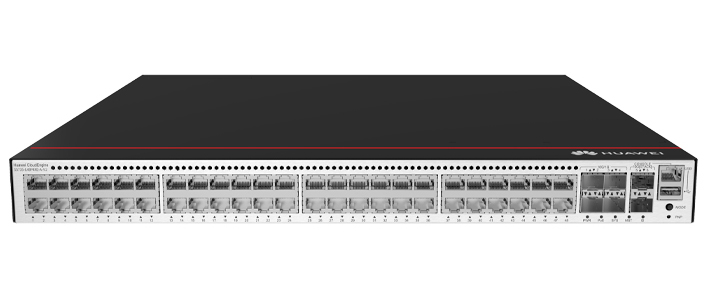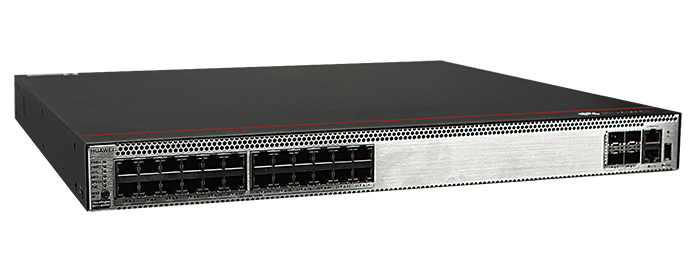































 Image: Imaginimia via Getty Images
Image: Imaginimia via Getty Images Deep learning is a subset of machine learning, which itself falls within the field of artificial intelligence (AI). This technology works by teaching a computer model to learn by example, similar to how a child can learn from parents and teachers.
In very plain terms, a computer model is shown different images of a variety of objects and is told what each one represents. With training, the model can learn to recognize and categorize the different patterns it makes out in the images, and eventually recognize and learn from new images it perceives.
Also:This new technology could blow away GPT-4 and everything like it
Deep learning is critical for the functioning of autonomous or driverless cars. A driverless car uses a combination of cameras and sensors to capture data from its surroundings, such as traffic signals, pedestrians, other cars on the road, and then processes that data to determine the best course of action: whether to slow down, stop, go, etc.
Deep learning's capabilities differ in several key respects from traditional shallow machine learning, allowing computers to solve a host of complex problems.
It uses neural networks, a model that is based on the activity of the human brain. Much like the brain contains layers of interconnected neurons, a neural network in AI also does the same, where nodes are interconnected to share information with one another.
Also: What is ChatGPT and why does it matter? Here's what you need to know
Training these deep-learning networks can take a very long time, requiring vast amounts of data to be ingested and iterated over as the system gradually refines its model in order to achieve the best outcome.
Neural networks are expanded into sprawling networks with a large number of sizable layers that are trained using massive amounts of data. These deep neural networks have fueled the current leap forward in the ability of computers to carry out speech recognition, the many abilities of generative AI, and advancements in healthcare.
In this day and age, deep learning can be found everywhere from groundbreaking AI companies to the voice assistant in your smartphone.
Here are just a few of the most popular deep-learning applications:
OpenAI's chatbot uses deep learning and is one of the largest deep-learning models available. ChatGPT uses OpenAI's 3.5 version of a generative pre-trained transformer (GPT 3.5), which touts 175 billion parameters. The neural network that makes ChatGPT so efficient is trained to learn patterns and relationships in language.
Also: How to use ChatGPT
The fourth version of this generative pre-trained transformer (GPT-4) expertly performs natural language processing (NLP) tasks with the largest architecture of large language models (LLM), consisting of a trillion parameters.
Voice assistants, such as Google Assistant, Amazon Alexa, and Apple's Siri, all use deep learning for speech recognition and NLP. They apply these deep-learning techniques to accurately process what you tell them and respond accordingly.
Also: The best AI art generators to try
These deep-learning algorithms can also learn from patterns in user interactions to continuously improve the experience for the user.
Deep learning can be used by various entities to detect and prevent fraud. Financial institutions, for example, use different algorithms to detect fraud. One you might be familiar with is long short-term memory (LSTM), a deep-learning model that flags suspicious activity that strays from the data it has been trained on.
Also:AI may compromise our personal information
LSTM is a recurrent neural network (RNN) that handles sequential data and stores information about what it processes, in order to recognize a standout event, like a potentially fraudulent transaction, to flag for human intervention.
Artificial intelligence has already made a significant impact in healthcare. Deep-learning technology has been found useful at diagnosing eye diseases, including diabetic retinopathy and glaucoma, and even certain cancers.
Also: AI bots have been acing medical school exams, but should they become your doctor?
The advancements of AI in medicine are only just beginning.
Artificial intelligence encompasses many fields of research that can make machines capable of carrying out tasks that typically would have required human intelligence, and can range from genetic algorithms to natural language processing.
Machine learning is a subset of AI, and is defined as the process of teaching a computer to carry out a task, rather than programming it how to carry that task out step by step.
Deep learning, in turn, is a subset of machine learning, whose capabilities differ in several key respects from traditional shallow machine learning, allowing computers to solve a host of complex problems that couldn't otherwise be tackled.
Also: What is Auto-GPT? Everything to know about the next powerful AI tool
Machine learning can tackle shallow predictions when fed data, such as determining whether a fruit on a photo is an apple or an orange. Deep learning can solve more complex problems, like recognizing handwritten numbers where a massive amount of data is necessary during training.
In the specific example illustrated below, the computer needs to be able to cope with huge variety in how the data can be presented. Every digit between 0 and 9 can be written in a myriad of ways: the size and exact shape of each handwritten digit can vary significantly depending on who's writing and in what circumstance.
Also: How to write better AI prompts
Coping with the variability of these features, and the even bigger mess of interactions between them, is where deep learning and deep neural networks become useful.
Each neuron within a neural network is a mathematical function that takes in data through an input, transforms that data into a more amenable form, and then spits it out via an output. You can think of neurons in a neural network as being arranged in layers, as illustrated in the image below.
A simple diagram of how a neural network is organized.
Image: Maria Diaz/In the example above, where a model is learning how to recognize handwritten numbers, you can see a very simple depiction of the anatomy of a neural network.
All neural networks have an input layer, where the initial data is fed in, and an output layer, that generates the final prediction.
Also: ChatGPT's intelligence is zero, but it's a revolution in usefulness, says AI expert
But in a deep neural network, there can be tens of hundreds of hidden layers of neurons between these input and output layers, each feeding data into each other. Hence the term "deep" in "deep learning" and "deep neural networks"; it is a reference to the large number of hidden layers at the heart of these neural networks.
In the graphic above, each circle represents a neuron in the network, and they're organized in vertical layers and interconnected. The hidden layers in deep neural networks can have tens of hundreds of hidden layers.
Deep-learning algorithms can take messy and broadly unlabeled data, such as video, images, audio recordings, and text, and impose enough order to make useful predictions, building a hierarchy of features that make up a dog or cat in an image or of sounds that form a word in speech.
Also: AI could automate 25% of all jobs. Here's which are most (and least) at risk
As a result, it's best to use deep learning when there is a massive amount of data and it is largely unstructured.
One of the big drawbacks is the amount of data they require to train as this translates into requiring access to massive amounts of distributed computing power. This requirement results in a high cost of training and computer hardware, as training can require expensive hardware, like high-end GPUs and GPU arrays.
Also: Generative AI is changing your technology career path. What to know
Another downside is that deep neural networks are difficult to train for several reasons aside from computational resources.
Some common challenges for deep neural networks include: the vanishing gradient problem and exploding gradients, which can affect gradient-based learning methods; taking the proper time to tune hyperparameters, like the batch size and training rate; and overfitting, when the high complexity of the network causes it to also learn the noise in the training data.
There are various types of deep neural network, such as the examples explained below, with structures suited to different types of tasks. This list remains fluid, as research yields new deep-learning techniques to be developed with time:
There is a large number of different types of deep neural networks. No one network is inherently better than the other, they are just better suited to learning particular tasks.
Training a deep-learning model can take from hours or weeks, to months. The time varies widely, as it depends on factors such as the available hardware, optimization, the number of layers in the neural network, the network architecture, the size of the dataset, and more.
 Горячие метки:
Искусственный интеллект
3. Инновации
Горячие метки:
Искусственный интеллект
3. Инновации